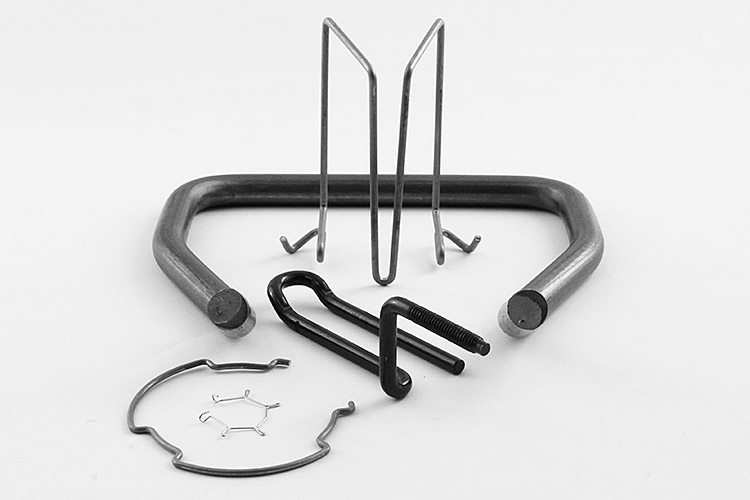Get unique, complex parts easily. No matter your requirements, Chaoyi Spring creates hard-to-produce coil springs and wire forms.
Let us help you create the custom wire form you need, from S-hooks and J-hooks to utility hooks and more.
We work closely with customers across a wide range of industries, helping them design and manufacture made-to-order parts.
Why choose Chaoyi Spring? We prioritize customer-focused collaboration, modern equipment and the latest technology to make your parts per print.
Find the information and guidance you need, from measuring a spring to learning about materials, placing an order and much more.
In the world of mechanics, springs play a crucial role, acting as essential components in countless applications. From the simple act of opening a door to the complex workings of


In the world of mechanics, springs play a crucial role, acting as essential components in countless applications. From the simple act of opening a door to the complex workings of a car suspension system, springs are ubiquitous. But not all springs are created equal. Two primary types of springs, tension springs and torsion springs, stand out for their distinct characteristics and applications. Understanding the differences between these two types is crucial for choosing the right spring for a specific task.

Imagine a spring that stretches out when you pull on it, like the spring inside a retractable pen. This is a classic example of a tension spring. These springs are designed to exert a force when they are stretched, storing energy during elongation. They work by resisting the stretching force, returning to their original length when the force is removed. Think of it like a rubber band that snaps back into shape.
Tension springs are found in a wide variety of applications, from simple tasks like holding a door open to more complex uses like keeping a garage door taut. Some common examples include:
Now, imagine a spring that twists when you apply a force, like the spring in a wind-up toy or a car's suspension. This is a torsion spring. These springs are designed to exert a force when they are twisted, storing energy during rotation. They work by resisting the twisting force, returning to their original position when the force is removed. Picture a springy wire that resists being turned.
Torsion springs find diverse applications, from simple mechanisms like a clothespin to more complex systems like a car's suspension. Here are some common uses:
While both tension and torsion springs store energy and provide restoring forces, they differ in their fundamental operation and characteristics. Here's a breakdown of the key differences:
So, how do you know which type of spring to use? It all boils down to the application. Here's a simple guide to help you choose:
If your application requires a force that pulls or pushes in a linear direction, a tension spring is the way to go. Imagine a retractable pen, where the spring needs to extend and retract in a straight line. On the other hand, if your application requires a force that rotates or twists, a torsion spring is the better choice. Think of a car's suspension, where the spring needs to twist and turn as the car encounters bumps.
In addition to the type of spring, you'll also need to consider factors such as:
By carefully considering these factors, you can select the optimal spring for your specific application.
Tension springs and torsion springs are essential components in a vast array of mechanical devices. Understanding the fundamental differences between these two types is crucial for choosing the right spring for a particular application. Whether you're designing a door mechanism, a wind-up toy, or a complex piece of machinery, selecting the appropriate spring ensures optimal performance and reliability.
Browse some of the custom wire forms and springs that we manufacture. Don’t see what you need? We specialize in made-to-order products that meet your application requirements.
Visit Our GalleryNeed a custom wire form or coil spring? We make it work. Fill out the contact form and a representative will respond within 1 business day. If you have a PDF or CAD file, you can submit to request a quote.